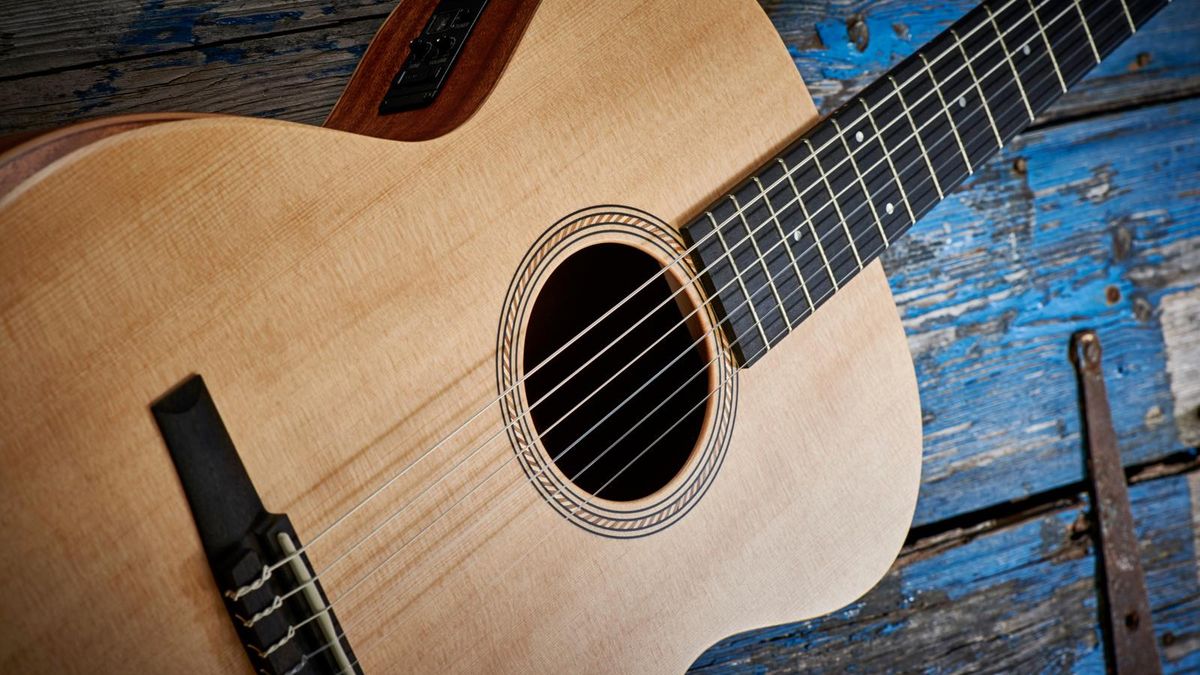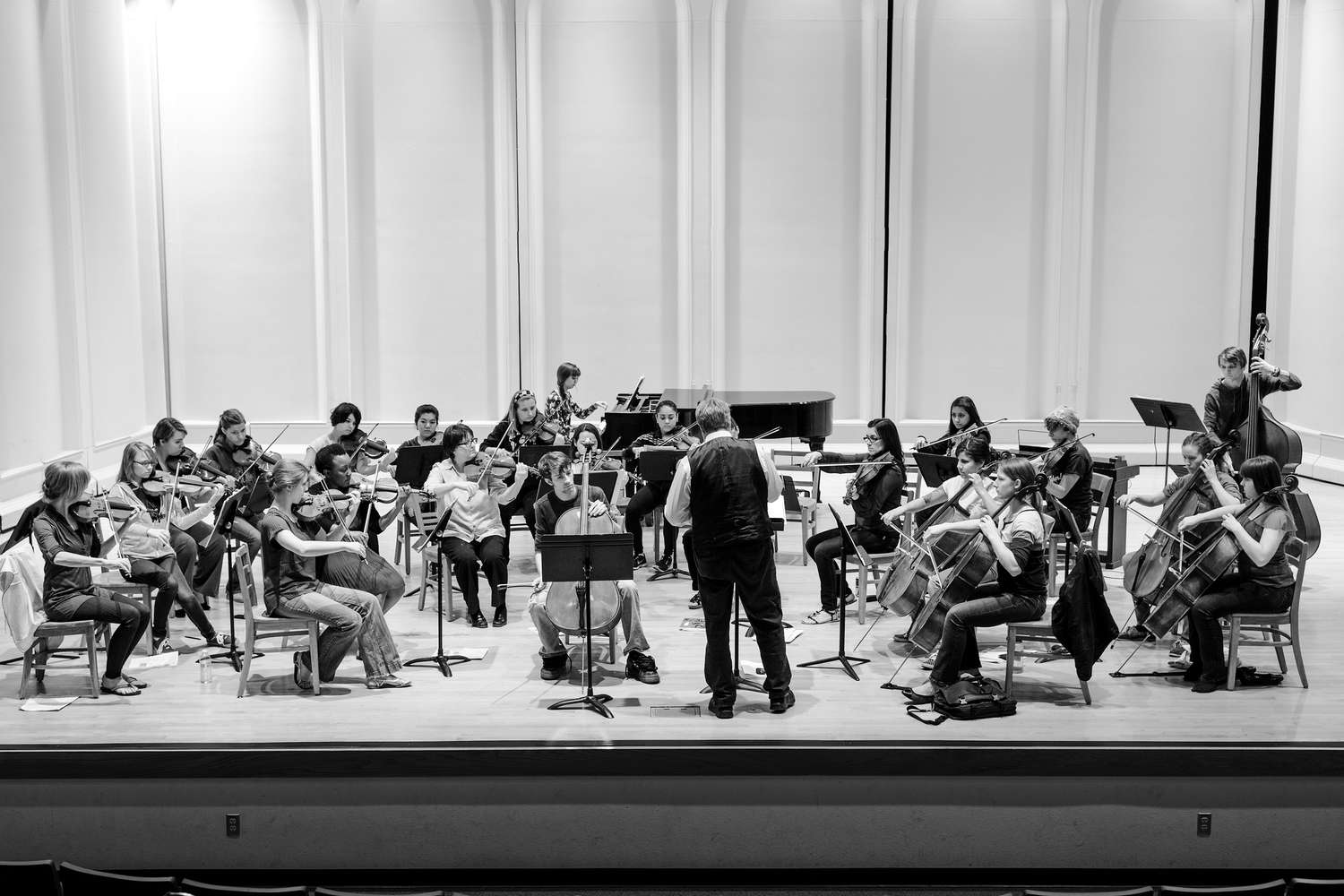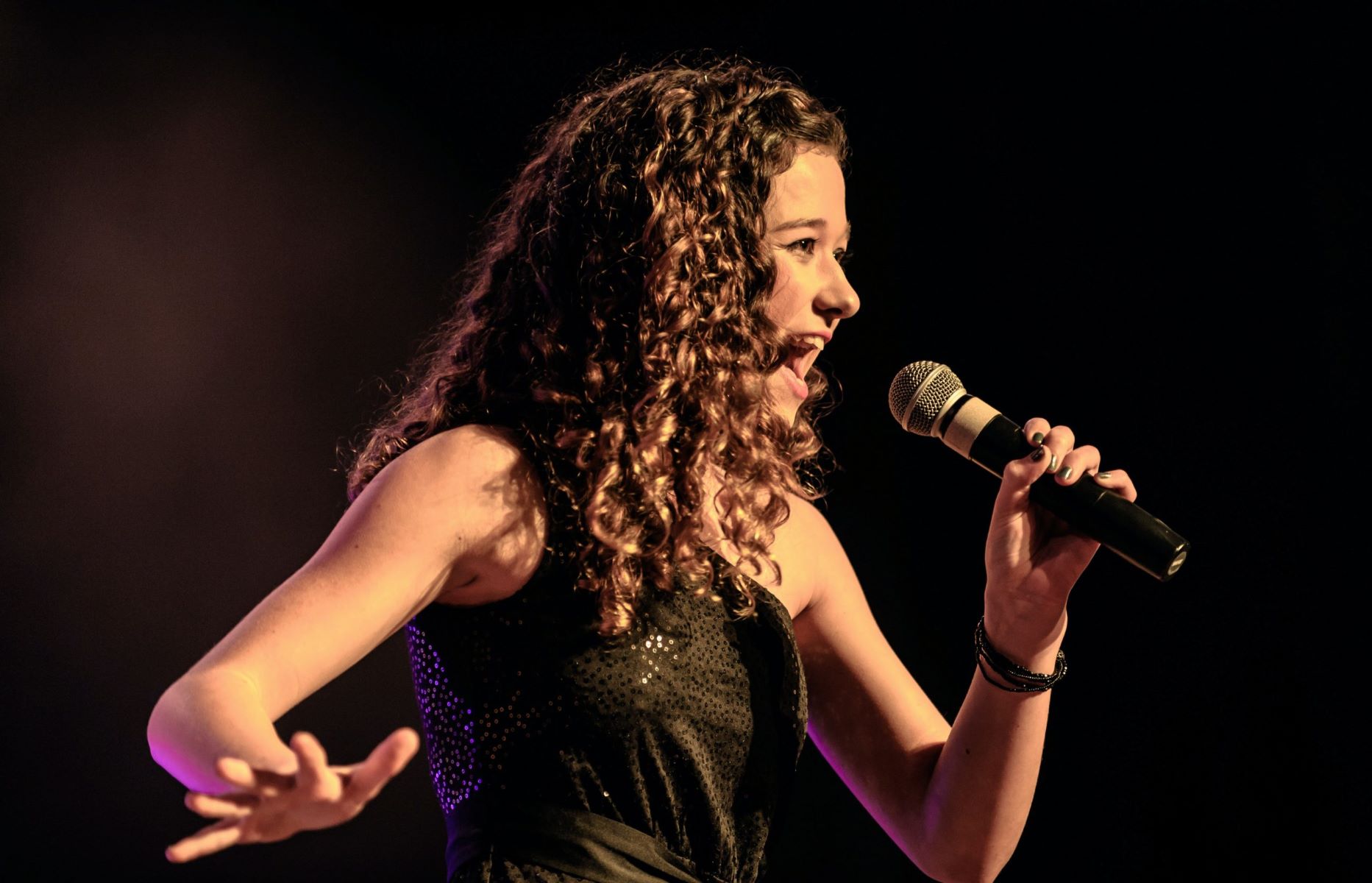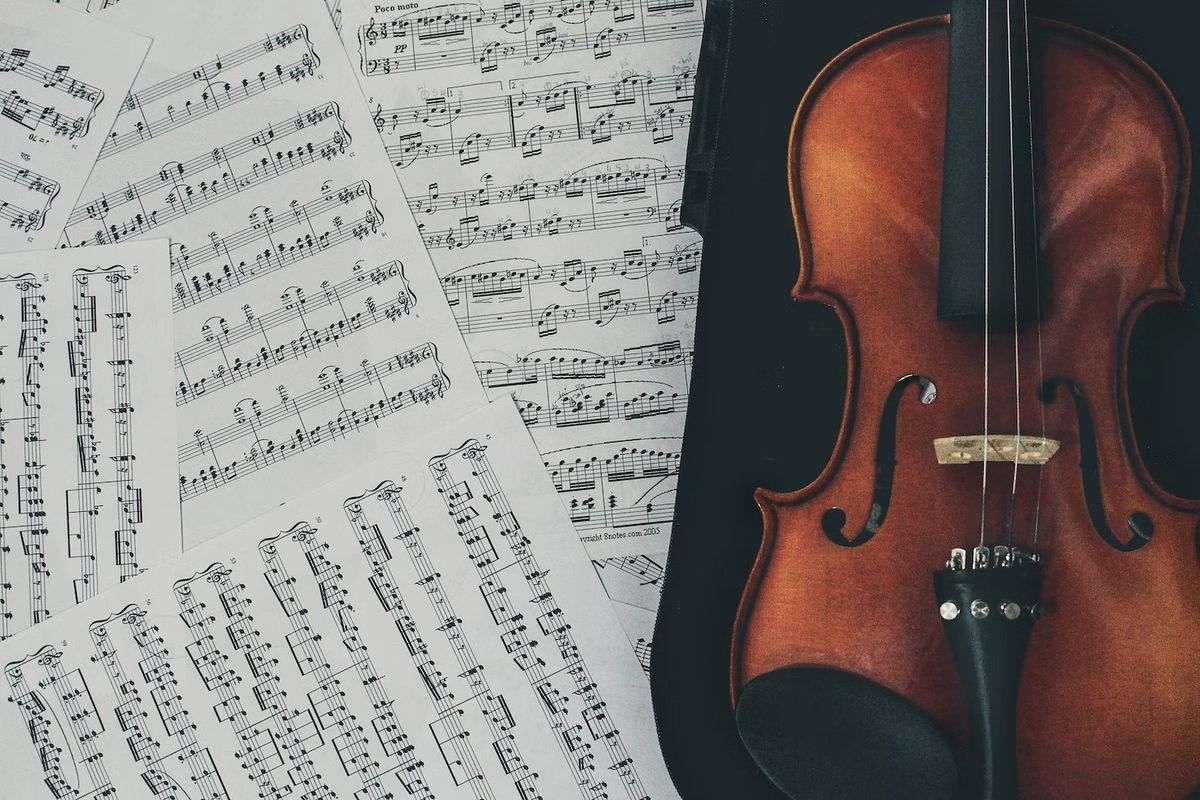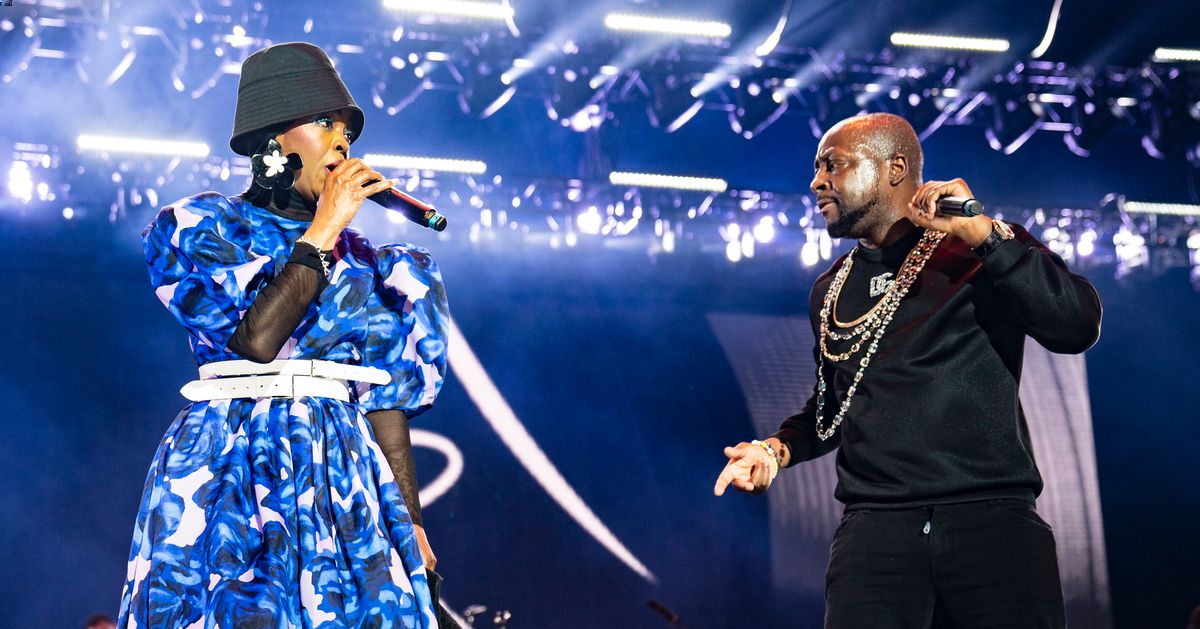Home>Genres>Classical>What Is The Essence Of A Classical Concerto?


Classical
What Is The Essence Of A Classical Concerto?
Modified: February 24, 2024
Discover the essence of a classical concerto and immerse yourself in the timeless beauty of classical music. Explore the mesmerizing melodies and intricate compositions that define classical music.
(Many of the links in this article redirect to a specific reviewed product. Your purchase of these products through affiliate links helps to generate commission for AudioLover.com, at no extra cost. Learn more)
Table of Contents
- Introduction
- Understanding the Classical Concerto
- Historical Development of the Classical Concerto
- Structure of a Classical Concerto
- The Role of the Orchestra and Soloist
- Musical Characteristics of a Classical Concerto
- Interpretation and Performance of a Classical Concerto
- Notable Classical Concertos
- Conclusion
Introduction
Welcome to the enchanting world of classical concertos, where the musical prowess of an orchestra and the virtuosity of a soloist come together to create masterpieces that have stood the test of time. A classical concerto is a musical composition that showcases the technical and artistic abilities of both the orchestra and a featured solo instrument or group of instruments.
The concertos of the Classical era, which spanned roughly from the mid-18th to the early 19th century, hold a special place in the history of Western Classical music. Composers such as Mozart, Beethoven, and Haydn are renowned for their contributions to this genre, crafting breathtaking concertos that have become revered staples of the classical repertoire.
Understanding the essence of a classical concerto requires delving into its historical development, exploring its musical structure, and appreciating the unique roles played by both the orchestra and the soloist. Moreover, unravelling the musical characteristics that define a classical concerto and examining the interpretation and performance aspects adds depth to our appreciation of this captivating genre.
In this article, we embark on a journey through the world of classical concertos, exploring their origins, structure, and musical qualities, as well as delving into the intricacies of their interpretation and performance. Whether you are a seasoned classical music enthusiast or a newcomer to the genre, this article aims to provide a comprehensive and engaging exploration of the essence of the classical concerto.
Understanding the Classical Concerto
The classical concerto is a musical genre that brings together the beauty and complexity of orchestral music with the technical prowess and expressiveness of a solo instrument or group of instruments. It is a marriage of two musical forces, showcasing their individual strengths while creating a harmonious dialogue between them.
At its core, the classical concerto is a display of virtuosity. The soloist takes center stage, demonstrating their technical mastery and musicality, while the orchestra provides a rich and supportive backdrop. It is a musical conversation between the soloist and the orchestra, with each taking turns to shine and complement one another.
What makes the classical concerto unique is its combination of contrasting elements. It combines the grandeur and power of the orchestra with the intimate and personal expression of the soloist. The solo instrument(s) can range from violin, piano, and cello to less common choices such as flute, clarinet, or even entire sections such as the brass or percussion.
Furthermore, the classical concerto often follows a three-movement structure, typically fast-slow-fast, reminiscent of the larger symphonic works of the time. Each movement explores different musical ideas and emotions, creating a cohesive and engaging musical experience for the listener.
Throughout the history of classical concertos, composers have pushed the boundaries of the genre, experimenting with new forms, styles, and techniques. From the graceful melodies of Mozart to the emotional depth of Beethoven and the innovative approach of composers like Chopin and Rachmaninoff, the classical concerto has evolved and expanded, leaving an indelible mark on the world of music.
While the classical concerto reached its peak during the Classical era, its influence extends far beyond that time period. The elements and principles established by the pioneers of the genre continue to inspire composers and performers today, ensuring that the essence of the classical concerto lives on.
Now that we have a basic understanding of what a classical concerto is, let us delve deeper into its historical development to gain a clearer picture of how this genre evolved over time.
Historical Development of the Classical Concerto
The classical concerto has a rich and vibrant history that stretches back several centuries. Its origins can be traced back to the Baroque period, where composers such as Vivaldi and Bach laid the groundwork for the genre. However, it was during the Classical era, from the mid-18th to the early 19th century, that the concerto truly flourished and reached its peak.
One of the key figures in the development of the classical concerto was Wolfgang Amadeus Mozart. Mozart’s piano concertos, in particular, showcased his extraordinary talent as both a composer and a performer. His concertos, like the famous Piano Concerto No. 21 in C major, are masterpieces of structure, melody, and technical brilliance.
Another pivotal composer in the evolution of the concerto was Ludwig van Beethoven. Beethoven’s concertos, such as the Violin Concerto in D major and the Emperor Piano Concerto, broke new ground with their innovative approaches to form and expression. Beethoven, known for his bold and dramatic style, pushed the boundaries of the genre and expanded its expressive possibilities.
During the Romantic era, which followed the Classical period, composers continued to explore and expand the concerto genre. Composers like Frederic Chopin, Pyotr Ilyich Tchaikovsky, and Sergei Rachmaninoff composed concertos that showcased the emotional depth and virtuosity of the soloist. These composers pushed the limits of technical difficulty, creating demanding yet rewarding concertos that captivate audiences to this day.
In the 20th century, composers began experimenting with new approaches to the classical concerto. Igor Stravinsky’s Concerto for Piano and Wind Instruments and Béla Bartók’s Concerto for Orchestra are prime examples of the genre’s evolution during this time. These works showcased a departure from traditional tonality and embraced dissonance and unconventional forms.
Today, the classical concerto continues to thrive, with contemporary composers infusing the genre with their unique artistic perspectives. Composers like John Adams, Jennifer Higdon, and Thomas Adès have made significant contributions to the concert repertoire, pushing the boundaries and keeping the genre alive and relevant in the modern era.
The historical development of the classical concerto is a testament to the evolution of musical styles and the constant experimentation and innovation within the genre. From its roots in the Baroque period to its flourishing during the Classical era and its continued evolution in the Romantic and modern eras, the classical concerto has left an indelible mark on the world of music.
Now that we have explored the historical development of the classical concerto, let us explore the structure and key components that make up this captivating musical genre.
Structure of a Classical Concerto
The structure of a classical concerto follows a well-defined pattern that allows for a balanced and engaging musical experience. While there may be variations among individual concertos, a typical classical concerto is composed of three movements: fast, slow, and fast.
The first movement, often marked as Allegro, serves as the energetic opening of the concerto. It typically follows a sonata form, consisting of an exposition, development, and recapitulation. The exposition presents the melodic and thematic material, with the orchestra laying the groundwork for the musical ideas that will be explored throughout the movement. The soloist then joins in, engaging in a musical dialogue with the orchestra, showcasing their technical prowess and interpretive skills.
The development section is where the composer takes the established themes and motifs and subjects them to musical exploration and transformation. It is a section of varied intensity and dynamics, with the soloist and orchestra engaged in a musical exchange that builds excitement and tension. Eventually, the movement reaches its climax, leading to the recapitulation, where the initial themes and motifs are restated, often with some variation, before the movement concludes with a brilliant flourish.
The second movement, typically marked as Adagio or Andante, serves as a contrast to the vigor of the first movement. It is a slower and more introspective section, allowing for emotional depth and lyrical expression. The soloist takes center stage, often performing hauntingly beautiful melodies while the orchestra provides a delicate and supportive accompaniment. This movement showcases the expressive capabilities of the solo instrument, evoking a range of emotions from tranquility to melancholy.
The third movement, usually marked as Allegro or Presto, returns to a faster tempo and a more lively character. It is often a playful and virtuosic dance-like movement, displaying the technical brilliance of the soloist. This movement may take the form of a rondo or a fast-paced sonata form, featuring catchy and memorable melodies that are passed back and forth between the soloist and the orchestra. It concludes the concerto with a sense of exhilaration and showcases the sheer skill, agility, and dexterity of the soloist.
While this three-movement structure is prevalent in classical concertos, there are exceptions and variations depending on the composer and the specific work. Some concertos may include additional movements or may alter the order of the movements. However, the essence of the classical concerto lies in its ability to balance contrasting musical ideas and showcase the technical abilities and expressive qualities of both the soloist and the orchestra.
Now that we have explored the structure of a classical concerto, let us delve into the roles played by the orchestra and the soloist in bringing this musical genre to life.
The Role of the Orchestra and Soloist
In a classical concerto, both the orchestra and the soloist play integral roles in creating a harmonious and captivating musical experience. Each has distinct responsibilities and contributions that contribute to the overall texture, dynamics, and emotional impact of the performance.
The role of the orchestra in a concerto is multi-faceted. It serves as the foundation and support for the soloist, providing a rich and varied musical backdrop. The orchestra sets the stage with the opening theme, establishes the harmonic structure, and provides the rhythmic framework for the entire concerto. It showcases the collective talent of the ensemble, consisting of various sections such as strings, woodwinds, brass, and percussion. The orchestra also engages in dialogue with the soloist, creating a dynamic and interactive musical conversation.
While the orchestra plays a significant role, the soloist takes the spotlight as the featured performer. The soloist showcases their technical mastery, interpretive skills, and expressive capabilities on their chosen instrument. They bring their own artistic voice to the performance, interpreting the composer’s intentions and adding their own unique flair. The soloist performs virtuosic passages, intricate melodies, and showcases their instrument’s range and capabilities. They engage in musical dialogue with the orchestra, responding to and interacting with the orchestra’s accompaniment.
The relationship between the orchestra and the soloist in a concerto is one of collaboration and partnership. They must work together to create a balanced and cohesive performance. The soloist must be able to navigate through the complex orchestral texture while maintaining clarity and musicality. The orchestra, on the other hand, must provide the necessary support and flexibility to accommodate the soloist’s interpretation and expression.
In some moments, the orchestra may take a more supportive role, providing a gentle accompaniment that allows the soloist to shine. In other sections, the orchestra may engage in a spirited musical dialogue with the soloist, creating a sense of excitement and musical interplay. This give and take between the orchestra and the soloist is what brings depth and variety to the performance, capturing the audience’s attention and creating a captivating musical experience.
The dynamic interplay between the orchestra and the soloist is a defining characteristic of the classical concerto. It is the delicate balance of these two forces that brings the music to life, transporting the listeners to a world of beauty, emotion, and technical brilliance.
Now that we have explored the roles of the orchestra and the soloist, let us delve into the musical characteristics that define the essence of a classical concerto.
Musical Characteristics of a Classical Concerto
The classical concerto possesses distinct musical characteristics that contribute to its unique allure and timeless appeal. These characteristics encompass aspects of melody, harmony, form, dynamics, and virtuosity, all of which combine to create a captivating and memorable musical experience.
One of the defining characteristics of a classical concerto is its use of contrasting musical themes and motifs. These themes are often introduced by the orchestra in the exposition of the first movement and then developed and explored throughout the concerto. The soloist provides their own interpretations and variations of these themes, adding their personal touch to the performance. This interplay of contrasting musical ideas creates a sense of tension and resolution, captivating listeners with its richness and variety.
Harmony plays a crucial role in the classical concerto, providing a foundation for the melodic and thematic material. Composers carefully craft harmonic progressions that enhance the emotional impact of the music. Shifts between major and minor, unexpected chord progressions, and moments of dissonance create moments of tension and release, heightening the expressive depth of the concerto.
The form of a classical concerto often follows a traditional structure, such as the sonata form. This provides a framework for the development and organization of musical ideas across the movements. The sonata form typically consists of an exposition, development, and recapitulation, allowing composers to explore and transform themes and motifs in a cohesive and satisfying way.
The dynamics of a classical concerto range from delicate and intimate to powerful and grandiose. Composers carefully utilize dynamic contrasts to evoke different emotions and intensify the musical narrative. The orchestra and soloist seamlessly navigate through soft passages that shimmer with delicate beauty, as well as thunderous sections that showcase the full power of the ensemble and the solo instrument.
One of the most exhilarating aspects of a classical concerto is its virtuosic nature. The soloist is often expected to display their technical prowess and command of the instrument, captivating listeners with their skillful execution of fast, intricate passages and dazzling displays of agility. These virtuosic moments not only showcase the soloist’s technical abilities but also add an element of excitement and thrill to the performance.
Additionally, the classical concerto often offers opportunities for improvisation and ornamentation. While the composer provides the basic structure and musical material, the soloist has the freedom to embellish and add personal flourishes to their performance. These moments of improvisation allow the soloist to showcase their individuality and artistic interpretation, bringing a fresh and unique dimension to each performance.
These musical characteristics, including the use of contrasting themes, harmonic depth, traditional forms, dynamic contrasts, virtuosity, and opportunities for improvisation, all contribute to the distinct essence of a classical concerto. They create a vibrant and engaging musical experience that captivates audiences and showcases the depth and range of both the soloist and the orchestra.
Now that we have explored the musical characteristics that define a classical concerto, let us dive into the intricacies of interpreting and performing these masterful compositions.
Interpretation and Performance of a Classical Concerto
Interpreting and performing a classical concerto is a delicate balance between staying true to the composer’s intentions and adding one’s personal artistic flair. It requires deep musical understanding, technical proficiency, and a keen sense of musical expression. Capturing the essence of a concerto involves a combination of careful study, interpretation, and the ability to connect emotionally with the music.
When approaching a concerto, performers must immerse themselves in the composer’s world. They delve into historical context, studying the composer’s style, influences, and intentions. This knowledge serves as a foundation for interpreting the score and making informed decisions about phrasing, dynamics, and overall musical expression.
While the composer’s written score provides the roadmap, performers also have room for creative interpretation. This is where the performer’s unique perspective and artistic voice come into play. The soloist brings their own personality, experiences, and emotional connection to the music, allowing for a personal interpretation that goes beyond the mere execution of notes.
Effective communication between the soloist and the orchestra is crucial to a successful performance. The soloist must be able to lead and guide the ensemble, while also being receptive to the orchestra’s accompaniment. This is achieved through attentive listening, musical dialogue, and mutual respect. A strong collaboration between the soloist and the conductor helps in aligning artistic vision and achieving a cohesive and unified performance.
Dynamics, articulation, and phrasing are essential elements in performing a concerto. The soloist must have control over their instrument’s nuances to bring out the expressive qualities of the music. They carefully shape phrases, emphasizing melodic lines, and conveying the underlying emotions of the music. Gradual crescendos and decrescendos, tasteful use of rubato, and subtle variations in dynamic shading all contribute to the overall musicality and interpretation of the concerto.
Technical mastery is paramount for a successful concerto performance. The soloist must possess a high level of technical proficiency to navigate through the intricate passages, rapid scales, and demanding virtuosic sections. Mastery of technique allows the soloist to deliver a polished and compelling performance that captures the attention and captivates the audience.
However, technical brilliance alone is not enough. A truly memorable concerto performance goes beyond flawless execution. It involves an emotional connection with the music, allowing the performer to convey the depth and meaning of the composition to the audience. Passion, sincerity, and an ability to convey the composer’s intentions through one’s own interpretation are vital components of a powerful and moving performance.
Each performance of a concerto is a unique interpretation, influenced by the performer’s individuality and the dynamic relationship between the soloist and the orchestra. It is a collaboration between the composer’s vision and the performer’s artistic voice—a meeting of tradition and personal expression.
Ultimately, a successful interpretation and performance of a classical concerto captivate the listeners, transporting them to a world of emotion, beauty, and technical brilliance. It is a testament to the enduring power of music and the profound impact it can have on both performers and audiences alike.
Now that we have explored the intricacies of interpreting and performing a classical concerto, let us delve into some notable examples of these breathtaking compositions.
Notable Classical Concertos
The world of classical music is replete with exceptional concertos that have left an indelible mark on the genre. These timeless compositions showcase the brilliance and creativity of composers who mastered the art of blending orchestral and soloistic elements. Here are a few notable classical concertos that have become celebrated and beloved works in the classical repertoire:
- Wolfgang Amadeus Mozart – Piano Concerto No. 21 in C Major: Often referred to as the “Elvira Madigan” concerto, this Mozart masterpiece captivates with its exquisite melodies and playful charm. Known for its breathtaking slow movement, it beautifully exemplifies the harmonious dialogue between the piano and the orchestra.
- Ludwig van Beethoven – Violin Concerto in D Major: Beethoven’s only violin concerto is a tour de force of emotion and technical brilliance. Its soaring melodies, virtuosic passages, and dramatic flair make it a perennial favorite among audiences and violinists alike.
- Johann Sebastian Bach – Brandenburg Concerto No. 3 in G Major: Part of Bach’s iconic collection of six Brandenburg Concertos, this piece stands out for its lively rhythmic drive and intricate contrapuntal writing. It showcases the variety and brilliance of the Baroque concerto tradition.
- Piotr Ilyich Tchaikovsky – Piano Concerto No. 1 in B-flat Minor: This monumental concerto is a staple of the Romantic repertoire. Its powerful opening chords, lush melodies, and virtuosic piano passages create a captivating and emotionally charged musical experience.
- Johannes Brahms – Violin Concerto in D Major: Brahms’ violin concerto is a majestic and introspective work that showcases the expressive capabilities of the violin. With its rich melodies, intricate orchestration, and masterful handling of form, it has earned its place as one of the greatest concertos in the violin repertoire.
These are just a few examples of the countless remarkable concertos that have shaped the classical music landscape. From the elegance of Mozart to the grandeur of Beethoven and the emotional depth of Tchaikovsky and Brahms, each concerto offers a unique and captivating musical journey.
Whether performed by renowned virtuosos or emerging talents, these concertos continue to inspire and mesmerize audiences across generations. Their enduring popularity stands as a testament to the timeless beauty and power of the classical concerto genre.
As we conclude our exploration of the notable classical concertos, it is evident that these works have earned their place as cherished masterpieces in the annals of classical music. They continue to captivate, inspire, and touch the hearts of listeners around the world.
Now, armed with a deeper understanding of the essence, structure, performance, and history of classical concertos, we hope you embark on a journey of exploration and appreciation, delving into the vast array of concertos that have enriched the world of classical music.
Conclusion
The classical concerto, with its captivating blend of orchestral grandeur and virtuosic solo performances, holds a special place in the world of classical music. Throughout history, composers have crafted breathtaking concertos that showcase technical brilliance, emotional depth, and artistic expression.
From the Classical era to the Romantic period and beyond, the concerto has evolved and adapted, leaving a lasting legacy in the musical landscape. The interplay of contrasting themes, the dynamic relationship between the soloist and the orchestra, and the balance between technical proficiency and emotional connection all contribute to the rich and enchanting essence of the classical concerto.
Underneath the structured three-movement form lies a world of innovation and creativity. From Mozart’s lyrical melodies and Beethoven’s dramatic gestures to Tchaikovsky’s passionate outpourings and Brahms’ introspective nuances, each concerto offers a unique musical journey that captivates audiences and leaves a lasting impact.
Interpreting and performing a concerto requires a deep understanding of the composer’s intentions, technical mastery, and the ability to convey emotion through musical expression. It is a collaboration between the soloist and the orchestra, a meeting of tradition and personal interpretation, that brings these masterpieces to life.
By delving into the world of classical concertos, we gain a deeper appreciation for the beauty and complexity of this genre. The notable compositions that have adorned concert stages for centuries continue to inspire, evoke emotion, and transport listeners to a realm of sublime musical experiences.
Whether you are a devoted classical music enthusiast or a newcomer to the world of concertos, we hope this exploration has shed light on the essence, history, structure, and performance of these captivating compositions. May it serve as an invitation to further delve into the vast repertoire of classical concertos and discover the transformative power of this remarkable genre.
So, let us embrace the world of classical concertos, where the harmonious marriage of orchestral brilliance and solo virtuosity continues to enchant and captivate audiences, leaving an everlasting imprint on the tapestry of classical music.

